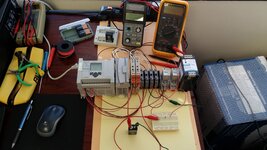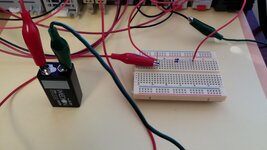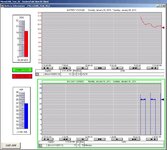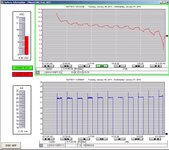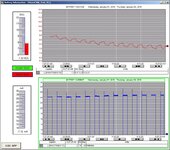BC1969
Banned
So I've exhausted the search function for rechargeable true 9 volt batteries, and there does not seem to be any current topics. using google yields mixed results. So can anybody recommend what is the best true 9 volt rechargeable battery ?
my new/used cz3d takes 9 volts and well rechargeable seems the way to go, providing they are true 9 volts.
also looking for a top notch charger.
Mike
my new/used cz3d takes 9 volts and well rechargeable seems the way to go, providing they are true 9 volts.
also looking for a top notch charger.
Mike


 I just enjoy tinkering with that kind of stuff.
I just enjoy tinkering with that kind of stuff.